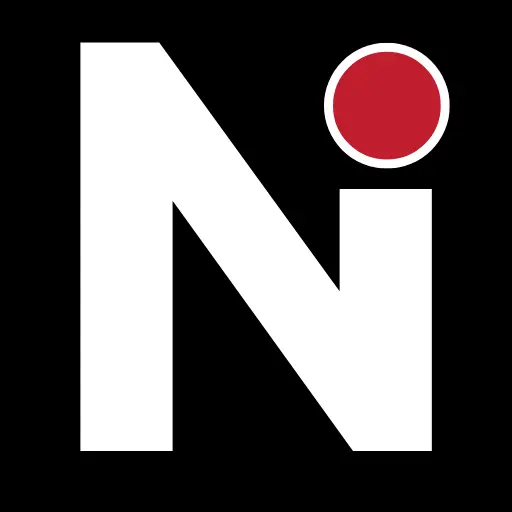Circle’s CRCL stock launched on the NYSE today, June 5, 2025, raising $1.1B at a $7.2B valuation. Driven by USDC’s growth and a $1B PayPal deal, the crypto giant’s IPO shines, but faces banking competition and regulatory hurdles.
Circle Internet Financial, the issuer of the USDC stablecoin, made its highly anticipated debut on the New York Stock Exchange (NYSE) under the ticker CRCL on June 5, 2025, achieving a $7.2 billion valuation. The Boston-based crypto firm, backed by Goldman Sachs and Coinbase, raised $1.1 billion in an upsized IPO, fueled by soaring demand for its dollar-pegged USDC and new partnerships. However, competition from major U.S. banks and regulatory uncertainties pose challenges for the Circle stock price. Here’s the latest on the CRCL IPO and its impact on the crypto market.
CRCL Stock Surges on Opening Day
Circle’s CRCL stock opened at $31 per share, exceeding the expected $27-$28 range, with 34 million shares sold, including 14.8 million new Class A shares and 19.2 million from existing stakeholders like co-founder Jeremy Allaire. Underwriters, led by JPMorgan and Citigroup, have a 30-day option to purchase an additional 5.1 million shares to cover over-allotments, per The Wall Street Journal. The IPO’s strong demand pushed Circle’s fully diluted valuation to $8.1 billion, cementing its status as a crypto powerhouse. Early trading on June 5 showed the Circle stock price climbing, reflecting investor confidence in stablecoin growth.
USDC Fuels Circle’s Rise
Circle’s USDC, the second-largest stablecoin with a $33 billion market cap, drives its success, having facilitated $12 trillion in transactions since 2018. A $1 billion partnership with PayPal, announced June 3, integrates USDC for faster cross-border payments, building on existing support for Apple Pay and Google Pay. Circle reported $1.68 billion in 2024 revenue, up 16% from $1.45 billion in 2023, though net income fell 42% to $156 million due to higher operational costs. The impending U.S. stablecoin bill, expected to pass by late 2025, could further boost USDC’s institutional adoption, as its monthly attestations ensure transparency.
Banking Rivals and Regulatory Risks
Circle faces growing competition from U.S. banks like JPMorgan, Citi, and Wells Fargo, which are exploring a joint stablecoin to challenge USDC’s market share, according to Reuters. This banking push aims to streamline transactions and counter crypto firms. Regulatory uncertainty also looms, with the stablecoin bill’s framework still under debate. Circle’s high valuation—14.3x EBITDA compared to Coinbase’s 30x—has raised concerns about sustainability, especially after a failed $9 billion SPAC deal in 2022. Despite these hurdles, Circle’s compliance-first approach positions it to navigate the evolving regulatory landscape.
Corcel Ticker Confusion
A trading mix-up caused Corcel PLC (CRCL.L), a London-listed mining stock, to spike 16,689% over five days due to confusion with Circle’s CRCL ticker. A 1 million-share buy order at $0.34—far above Corcel’s typical $0.0117—drove the surge, with 135 million shares traded against a three-month average of 0.68 million, per Reuters. This frenzy, reported on June 2, highlighted the hype surrounding Circle’s IPO but also underscored market volatility risks.
Why the CRCL IPO Matters
Circle’s CRCL stock debut marks a milestone for crypto’s mainstream acceptance, following eToro as the second major crypto IPO under the Trump administration. With a low 0.07 debt-to-equity ratio and $1.7 billion in 2024 revenue, Circle is a profitable bet on stablecoins’ future. The IPO’s success signals investor trust in USDC’s 27% stablecoin market share, trailing only Tether’s USDT. However, analysts warn that Circle must maintain growth to justify its $7.2 billion valuation, especially as banks enter the stablecoin race.
As CRCL stock trades on June 5, investors are eyeing Circle’s Q3 2025 earnings in August for insights into PayPal integration and global expansion. The stablecoin bill’s progress could unlock new markets, but banking competition and regulatory shifts remain wildcards.
